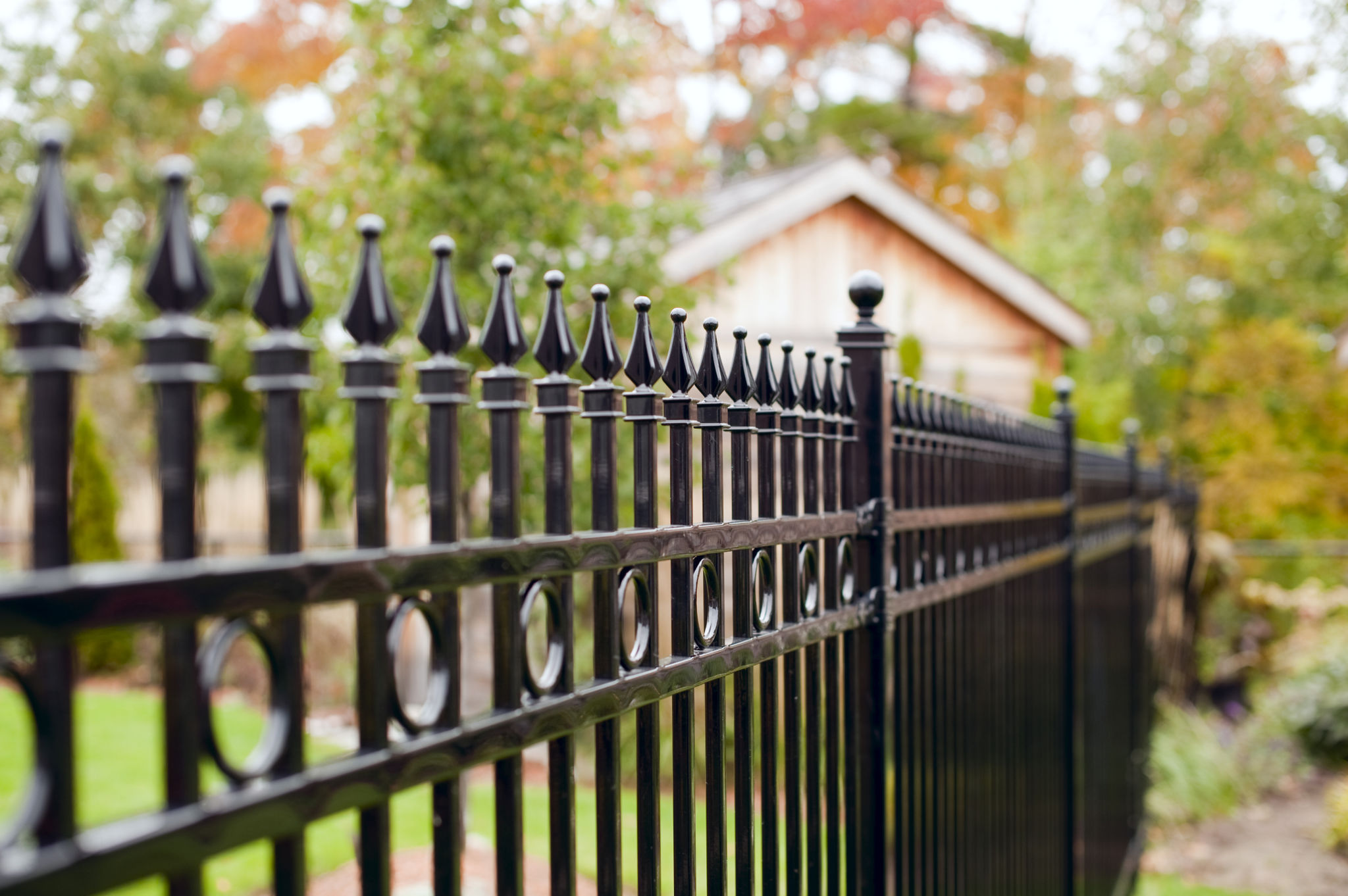Comparing Fencing Materials: Which Option is Best for Your Needs?
Understanding Your Fencing Needs
When it comes to choosing the right fencing material for your property, it’s important to first assess your specific needs and goals. Are you looking for privacy, security, aesthetic appeal, or perhaps a combination of these factors? Each fencing material offers distinct advantages and disadvantages, and understanding these can help guide your decision-making process.
Consider the climate and environmental conditions of your area as well. Some materials may perform better in certain weather conditions or geographic locations. By evaluating these aspects, you can narrow down your choices and make a more informed decision.

Wood Fencing: A Classic Choice
Wood fencing is a traditional and popular option for many homeowners. Known for its natural beauty and versatility, wood can be customized in various styles and finishes to complement any landscape. Wood fences can offer excellent privacy and can be stained or painted to match your outdoor decor.
However, wood requires regular maintenance to prevent issues such as rot, pest damage, and warping. It’s essential to treat and seal the wood periodically to extend its lifespan. Although it may require more upkeep, many find the aesthetic appeal of wood fencing worth the effort.

Vinyl Fencing: Low Maintenance and Durable
Vinyl fencing has gained popularity due to its durability and low maintenance requirements. Unlike wood, vinyl does not need painting or sealing and is resistant to pests, rot, and weathering. This makes it an excellent choice for homeowners looking for a long-lasting option with minimal upkeep.
While vinyl can mimic the appearance of wood, it often comes at a higher initial cost. However, the reduced maintenance costs over time can make it a cost-effective option in the long run. Vinyl is available in a variety of colors and styles, providing flexibility in design.

Metal Fencing: Strong and Secure
Metal fencing options, such as aluminum and wrought iron, are known for their strength and security. These materials are ideal for those seeking enhanced protection for their property. Metal fences are also highly durable and require minimal maintenance compared to wood.
Aluminum fencing is lightweight and resistant to rust, making it suitable for various climates. Wrought iron offers a more traditional look but may require occasional painting to prevent rust. Both options provide a sleek appearance that can enhance the curb appeal of your home.

Composite Fencing: Eco-Friendly Option
Composite fencing is an eco-friendly option made from a mixture of wood fibers and plastic. This combination creates a material that is both durable and low maintenance. Composite fences offer the appearance of wood without the associated upkeep challenges.
Though initially more expensive than traditional wood fences, composite fencing’s longevity and minimal maintenance can make it a worthwhile investment. It’s also resistant to insects, rot, and fading, which makes it an attractive choice for environmentally conscious homeowners.
Making Your Decision
Choosing the best fencing material depends on balancing your priorities: aesthetics, budget, maintenance, and environmental impact. Consider creating a list of pros and cons for each material based on your specific needs. Consulting with a professional can also provide valuable insights tailored to your situation.
No matter which material you choose, a well-installed fence not only enhances your property’s appearance but also provides security and privacy for years to come. Take the time to weigh your options carefully to ensure you’re making the best choice for your home.
